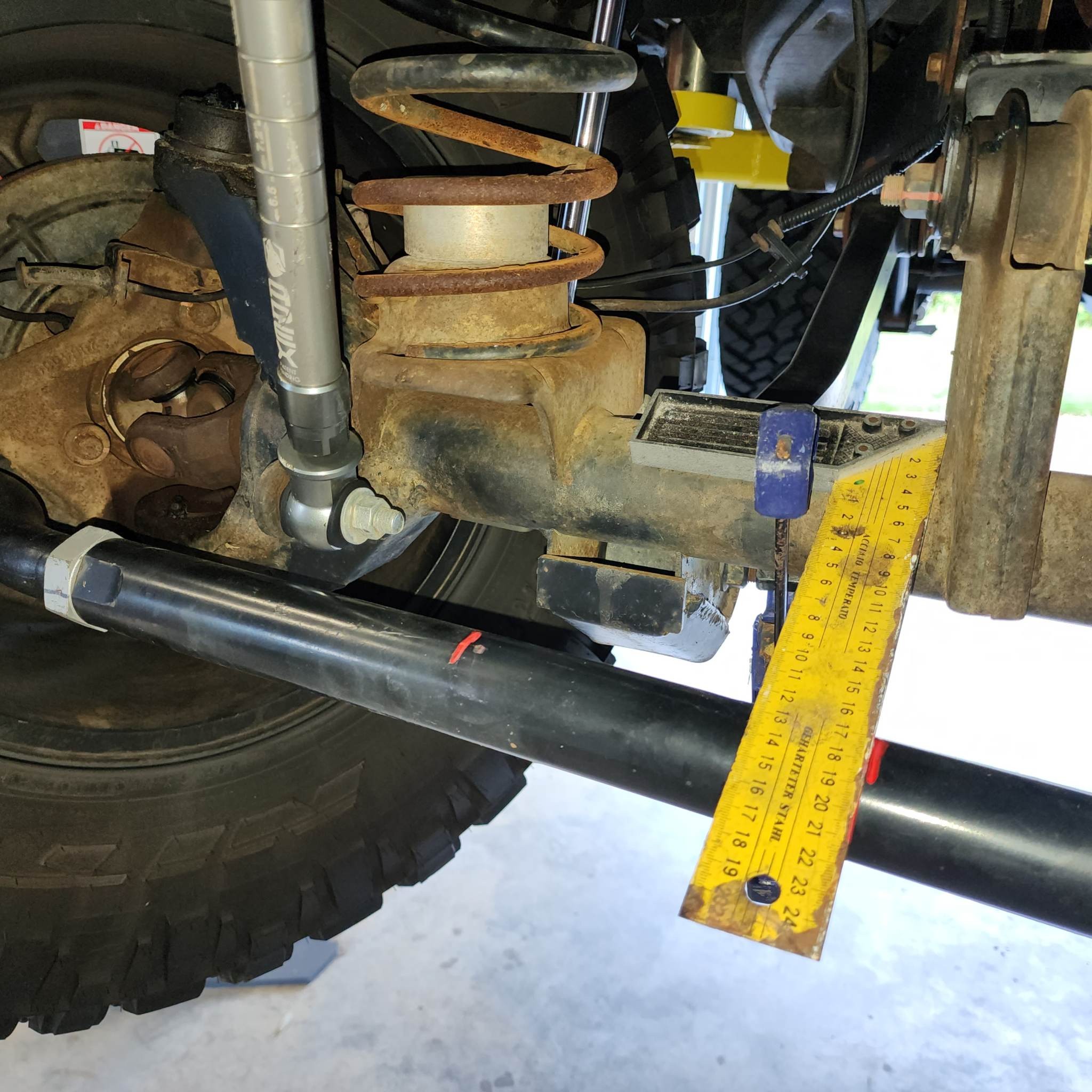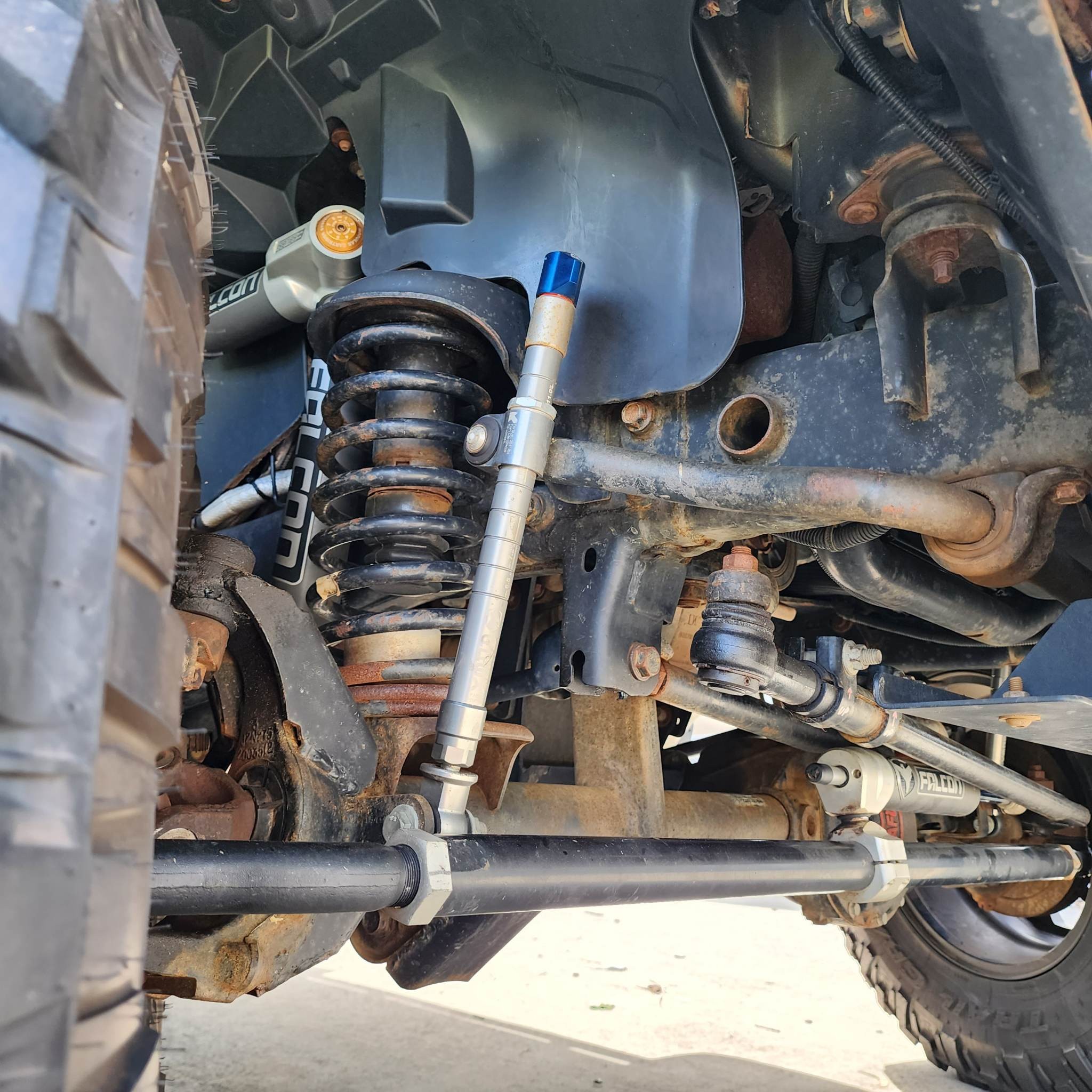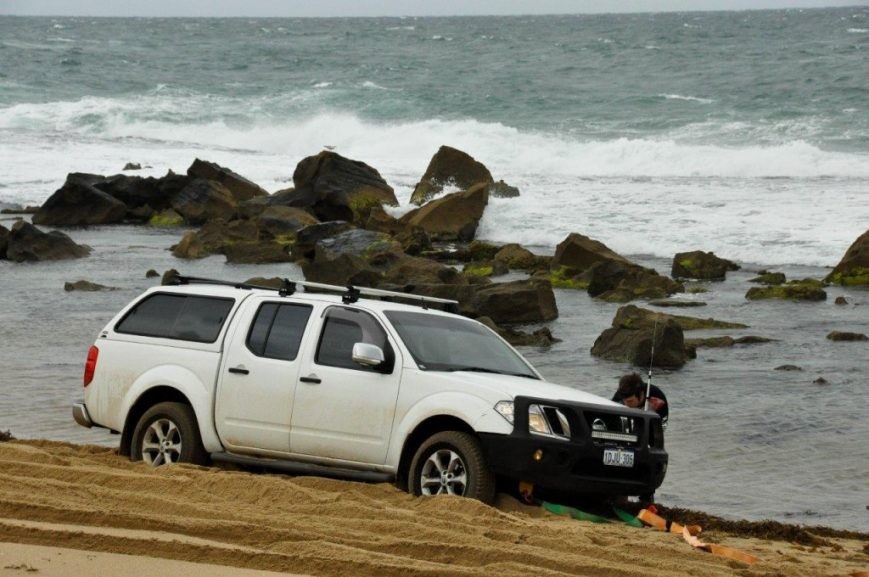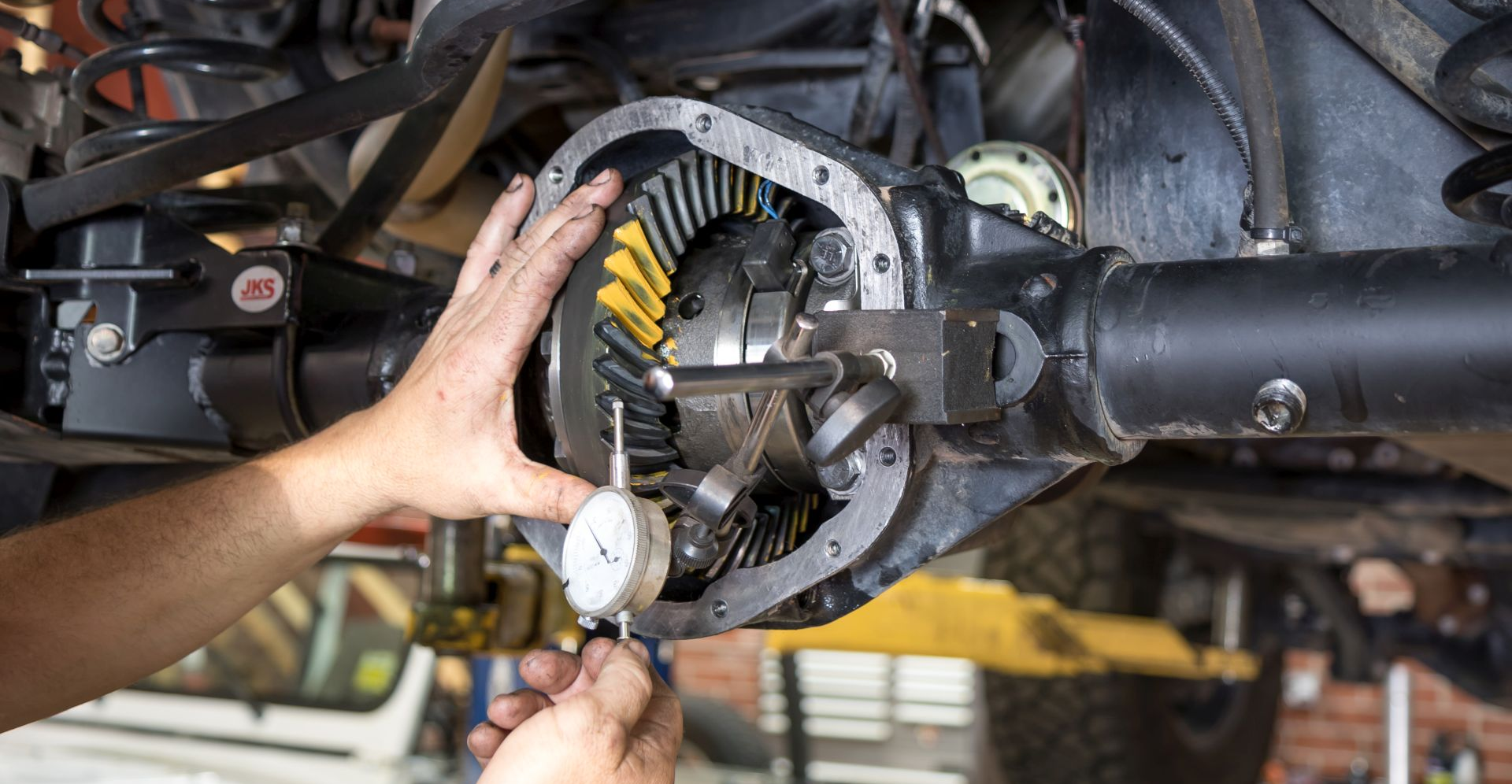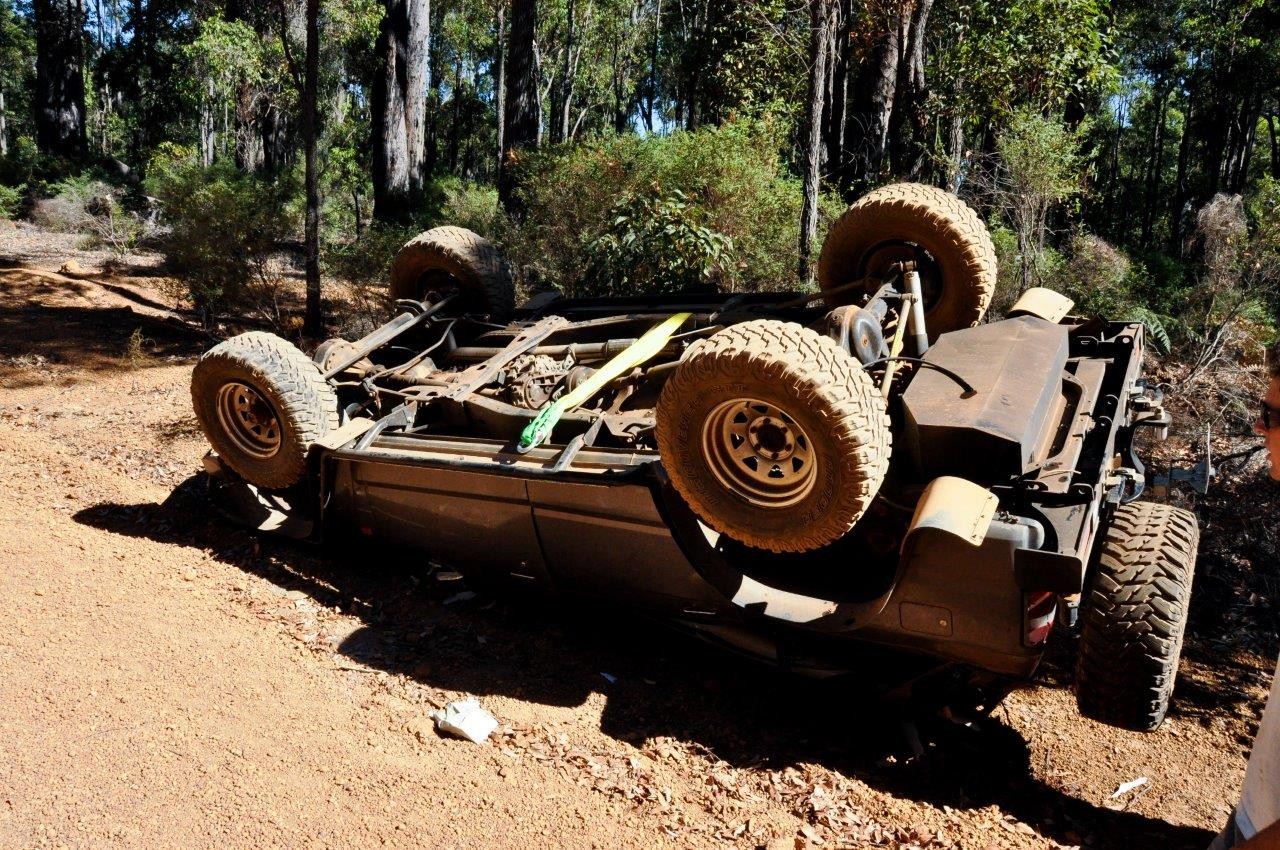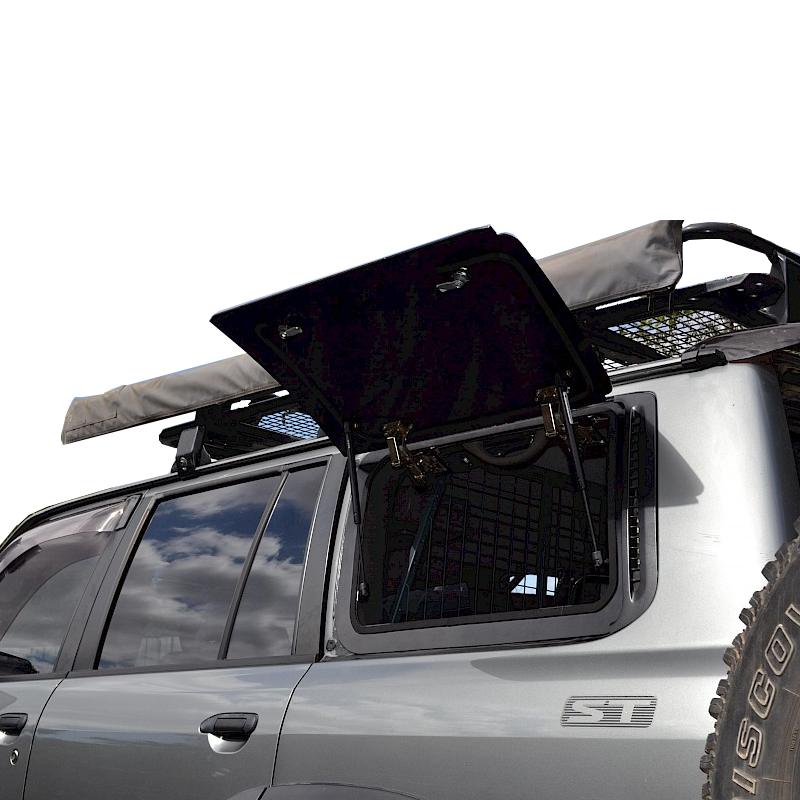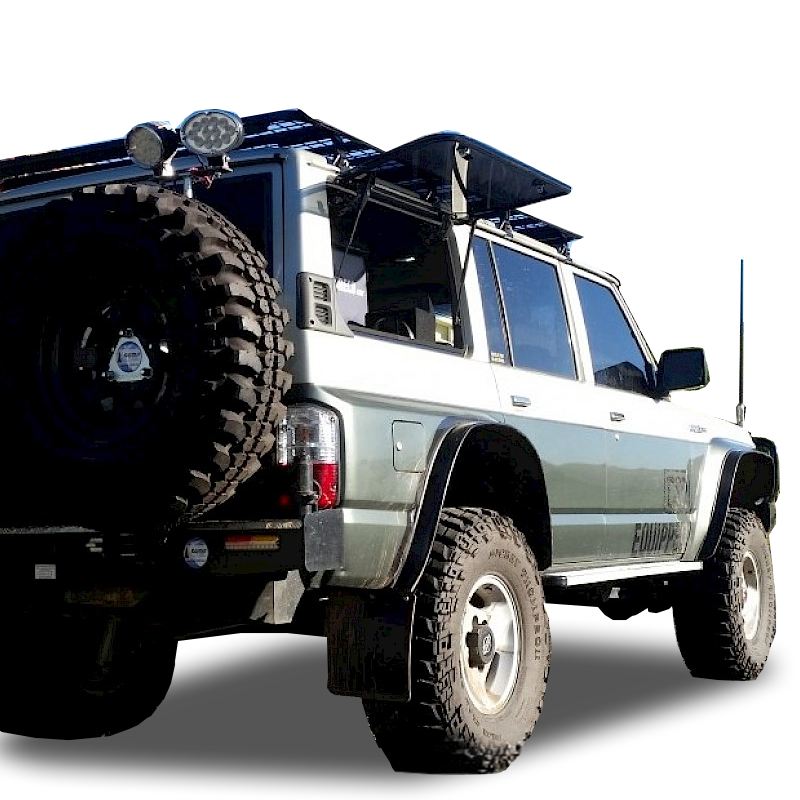Four Wheel Driving In Snow
It’s hard to find weather conditions that are more dangerous for an ordinary car than snow. The fluffy white stuff might create beautiful scenery but it’s also icy, wet and slippery. It doesn’t take much to turn any moving car into an unguided projectile with no brakes or steering. The good news is, if you have a good 4wd you’re at a massive advantage when it comes to driving in the snow. The extra grip and pulling power of your vehicle will let you keep moving safely when everyone else has become road furniture – if you know what you’re doing.
First, before heading out into the snow make sure you have your recovery kit with you. Snatch straps, tow hooks and a jack are at least as essential in snow as in mud. You’ll want a snow shovel as well – they don’t cost much, and they’re unbeatable if you need to move large piles of the stuff in a hurry. Remove any unnecessary gear, though – the lighter you can keep the vehicle, the better.
Know your snow. There are different kinds of snow and they all have different driving challenges. Wet, heavy snow is the easiest to drive in – it gives your tyres a decent grip, especially if you’re wearing mud tyres. Lowering your pressures will also help keep you moving, and don’t be worried about going lower than you usually would in mud or sand. Dry powder can be a nightmare though – it’s unstable and provides little grip. Snow that’s been driven on a lot can form a glassy, dangerous surface – and if it’s melting into slush that’s just as bad.
Be aware that snow can hide things. One Brit we know was driving over a nice flat patch of snow in Sarajevo that turned out to be concealing a deep ditch. The steel fence post in the ditch was a nice little bonus that ripped most of the front wing off a Land Rover Defender. If you’re not sure what’s under the snow in front, get out and investigate it. A few prods with the handle of your snow shovel can help find out what’s down there.
Watch for spinning wheels. If you feel a lot of resistance or the wheels start spinning, don’t try to power through. You’ll just dig yourself in; worse, the friction of your tyres will melt the top layer of snow, and then it’ll refreeze into smooth ice. If you’re not going anywhere back off a little and try again. If necessary try going slightly to one side of your last attempt – you might find better conditions there.
You might not expect to have to worry about engine cooling in the snow – it’s cold, after all – but driving through it creates a lot of resistance and your engine can end up working pretty hard. Keep an eye on temperatures. Watch your radiator, too; it can easily get clogged with snow, and that will boil your coolant in a hurry. If snow’s falling, or if you’re driving through deep drifts, stop regularly to clear any that’s building up on the grille.
Finally, if you have a locking diff, use it! They’re great in lots of conditions, but snow really brings out the best in them. Turn it off when driving across slopes so one wheel each axle can drive you; the other will help stop you sliding. Going up or down slopes, or pushing through deep snow, the diff lock will keep spinning wheels to a minimum.
Driving in snow is a challenge, and there are plenty new and interesting ways to get stuck, but it can also be a lot of fun. Like most other off road activities it will go a lot better if you have the right gear and skills, but if you manage that you’re all set for winter driving no matter how bad it gets.

